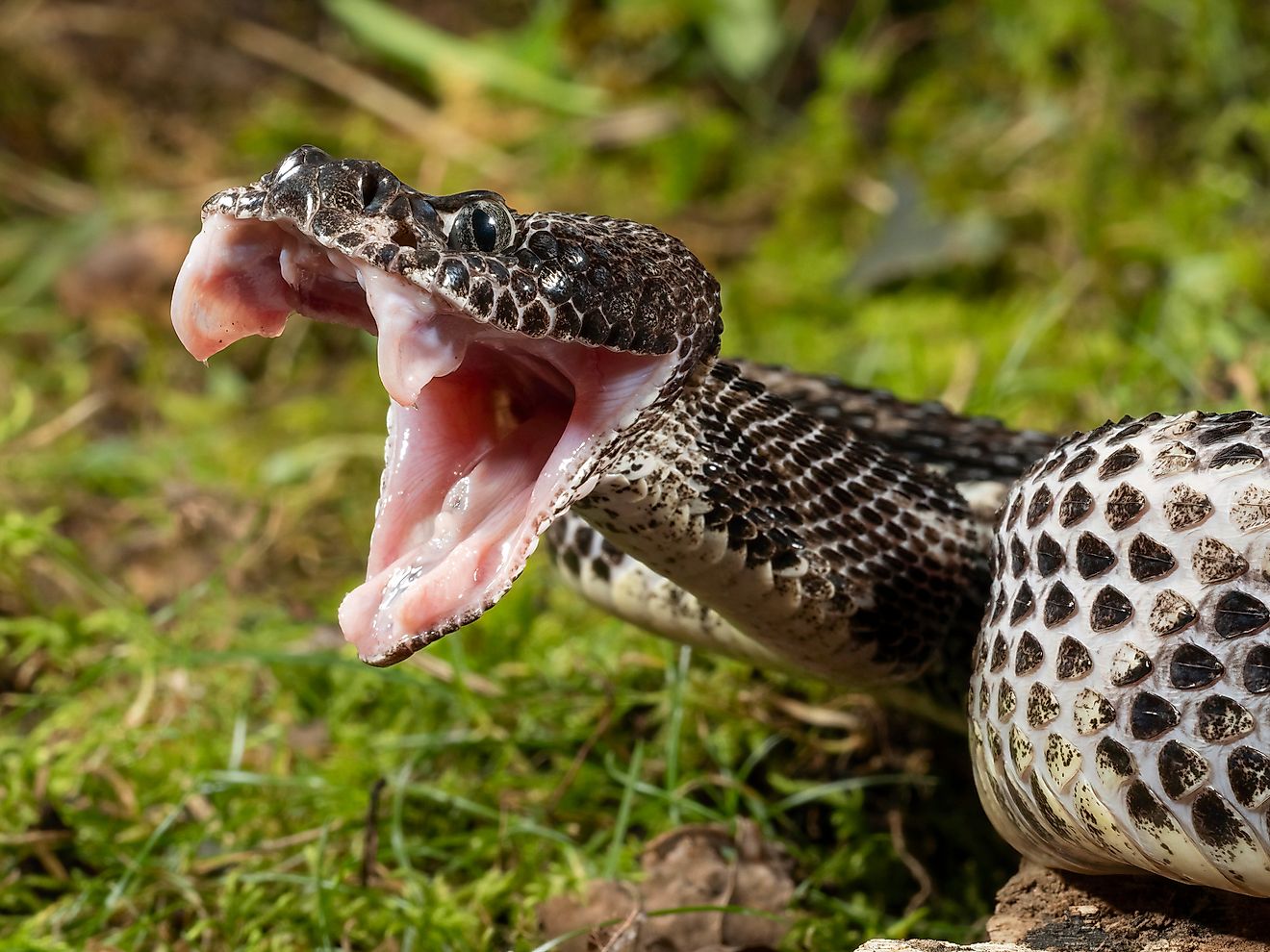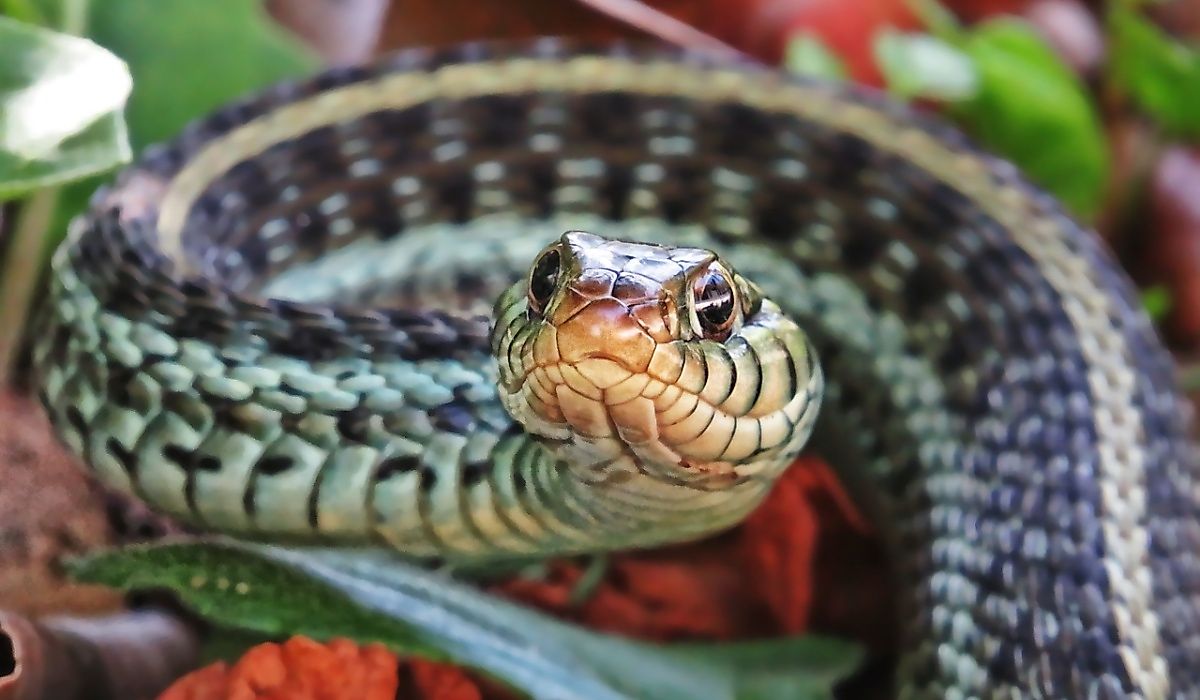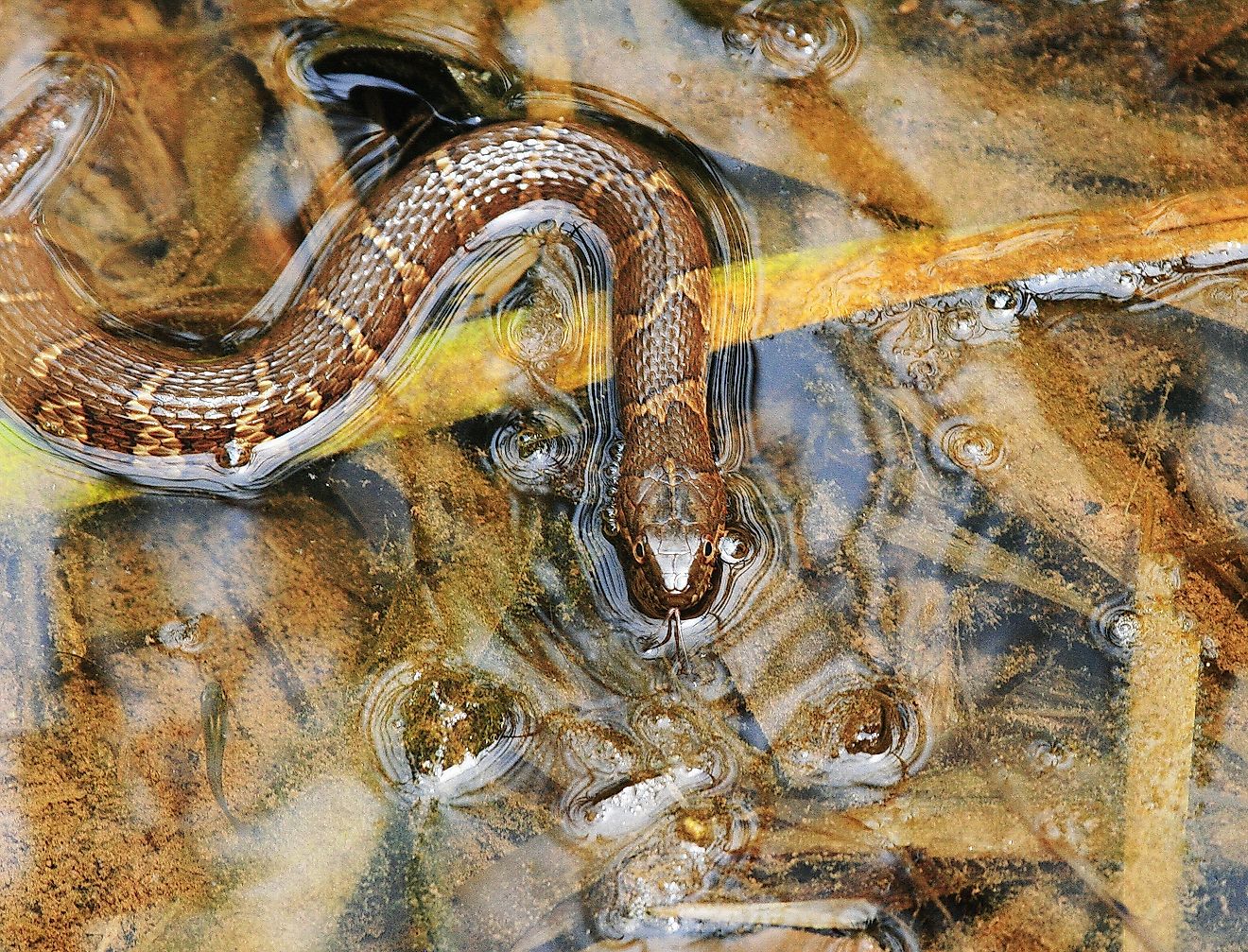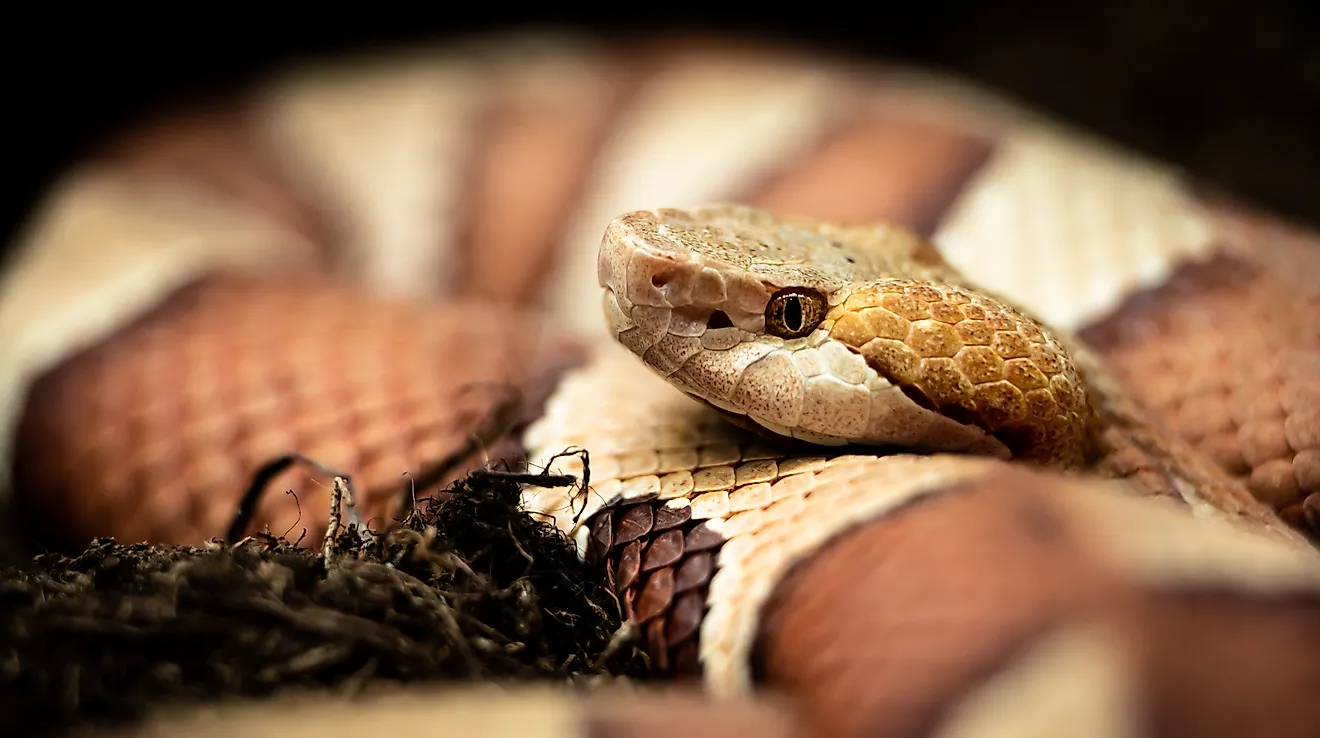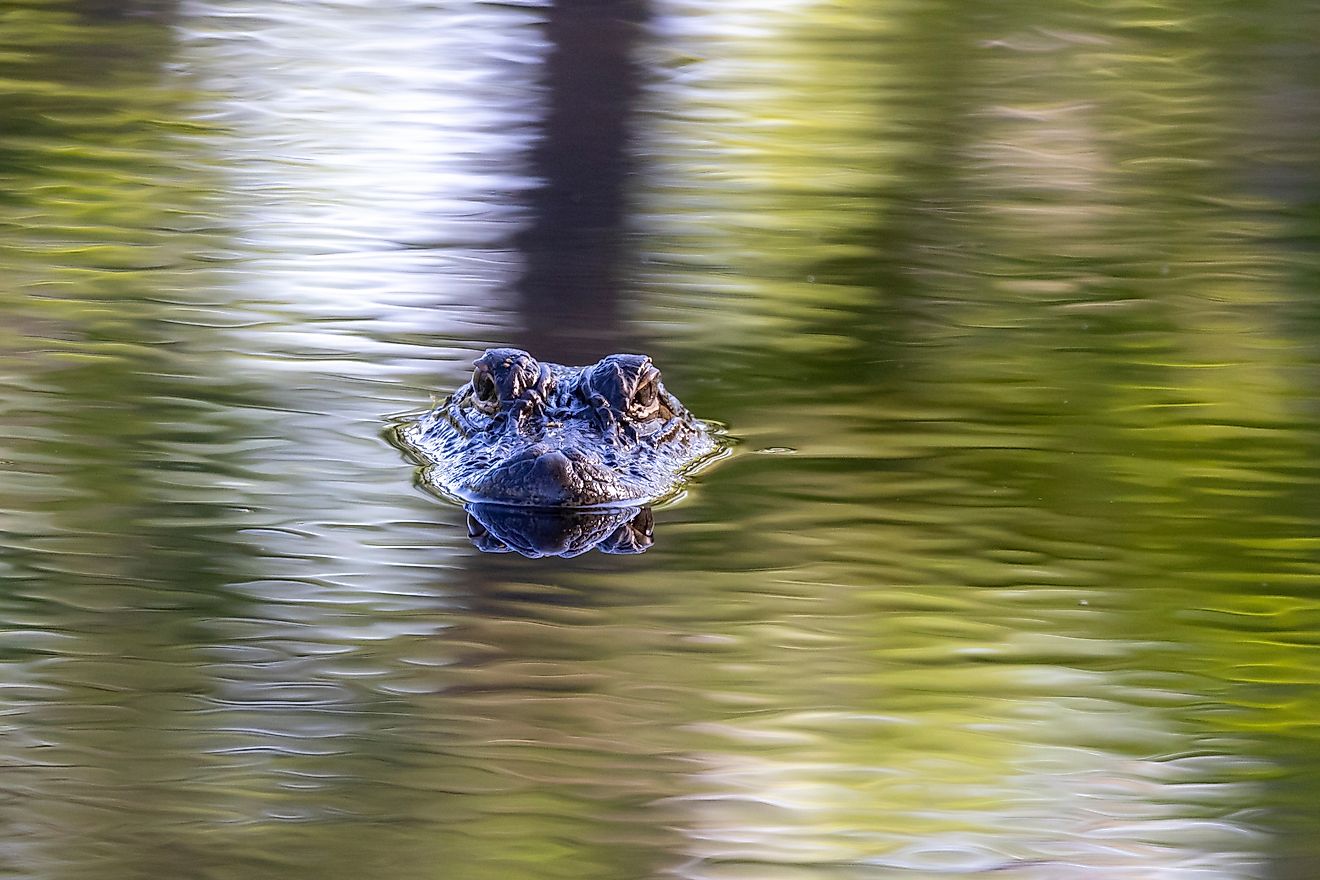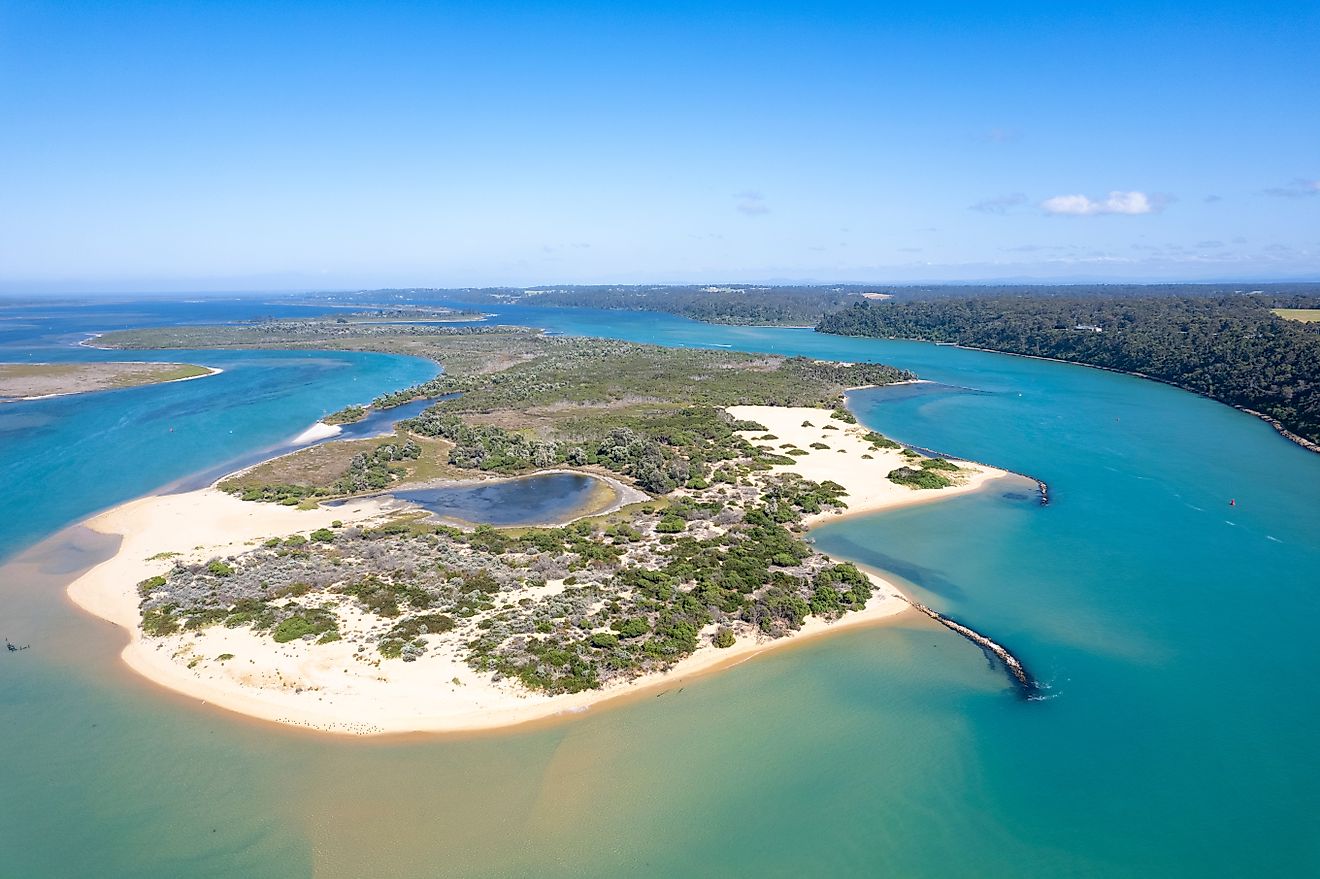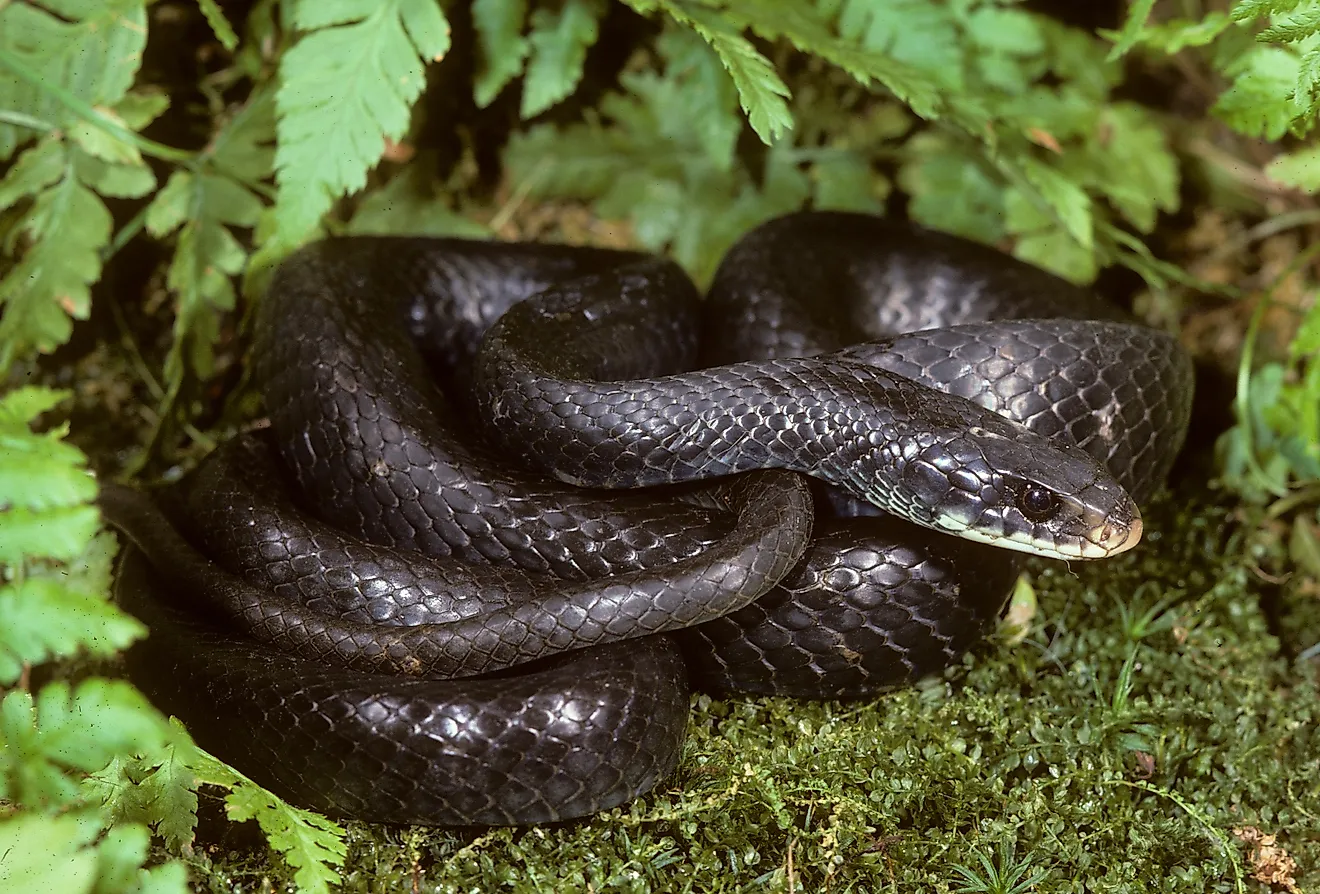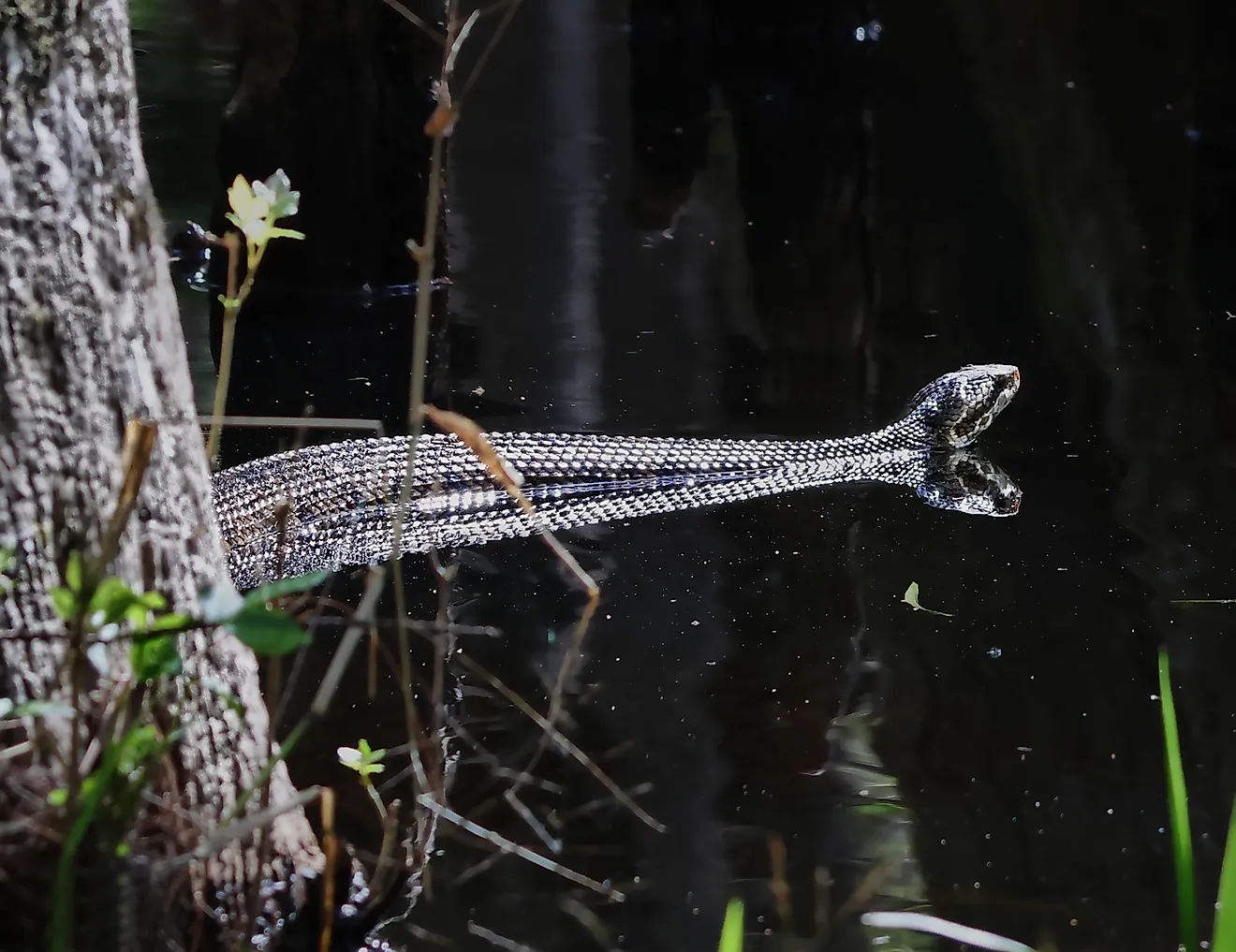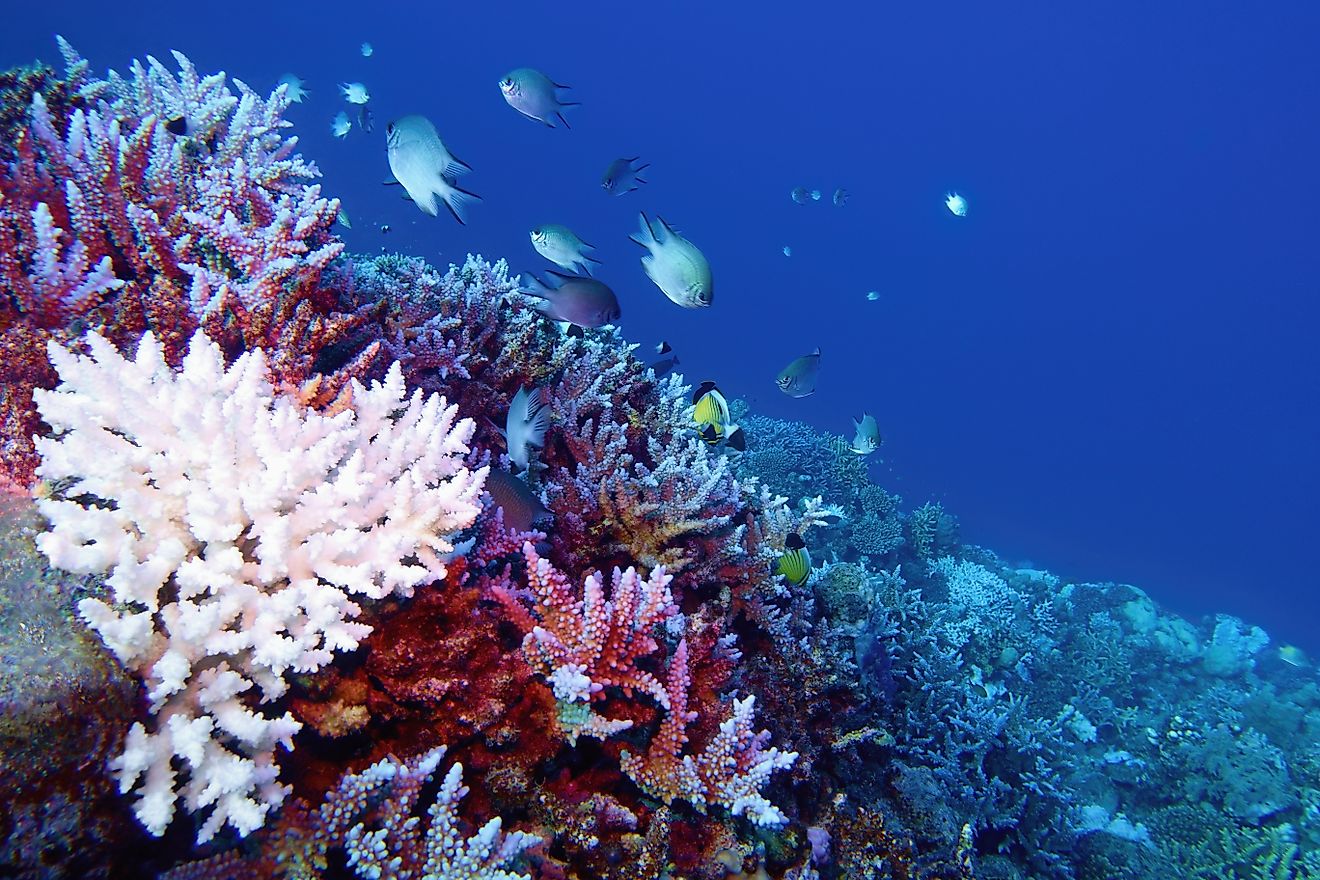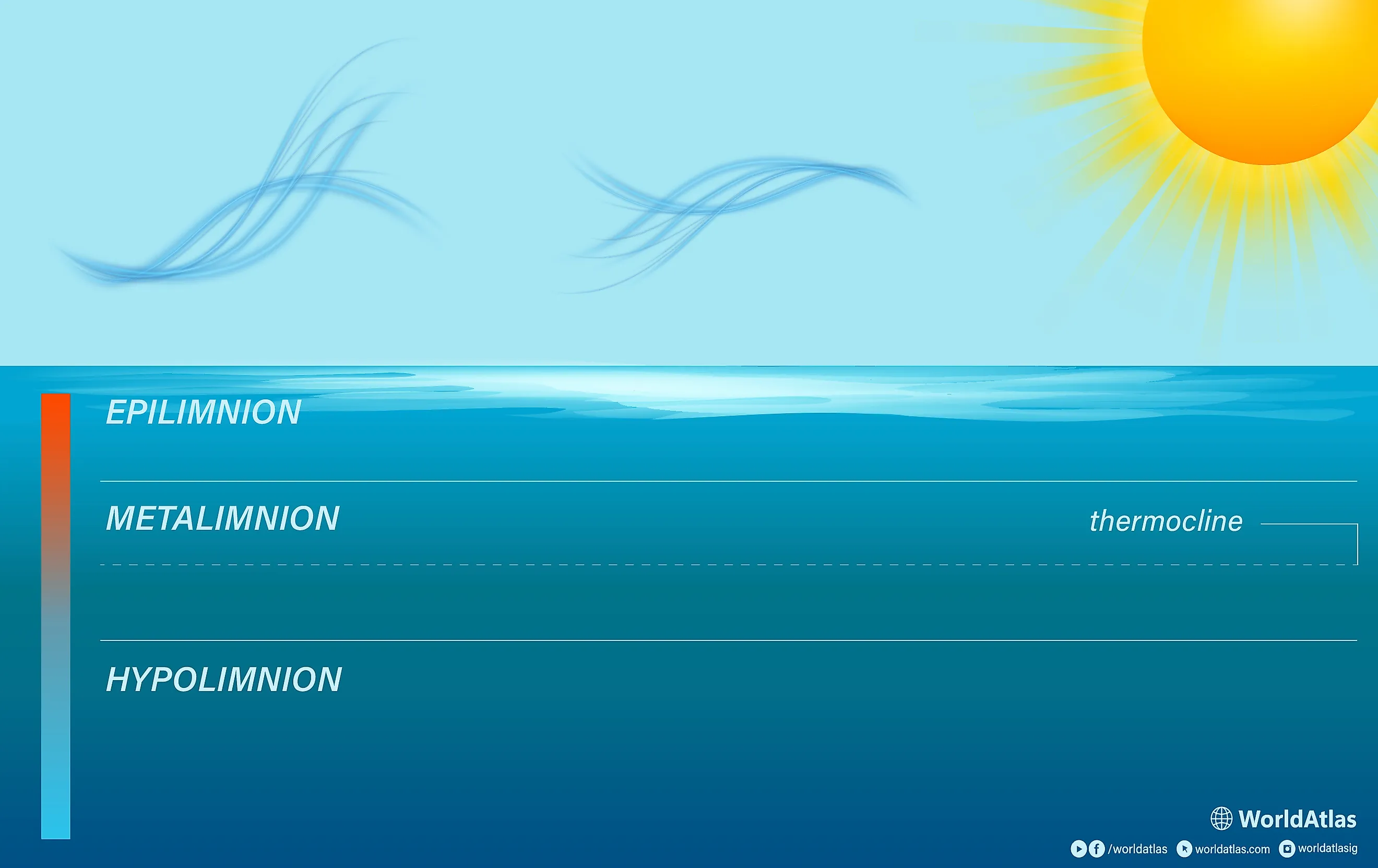
The Physics of Lake Stratification Explained
Most lakes do not uniformly mix from top to bottom. Instead, they split into distinct layers of water depending on the season, each with its own temperature, density, and oxygen level. Stratification is the official term for this separation of water layers, and it is one of the most important factors in determining how a lake functions. For those who depend on lakes for water supply, recreation, or fisheries, stratification is no theoretical interest; it directly affects water quality and ecological health.
The Physics of Stratification
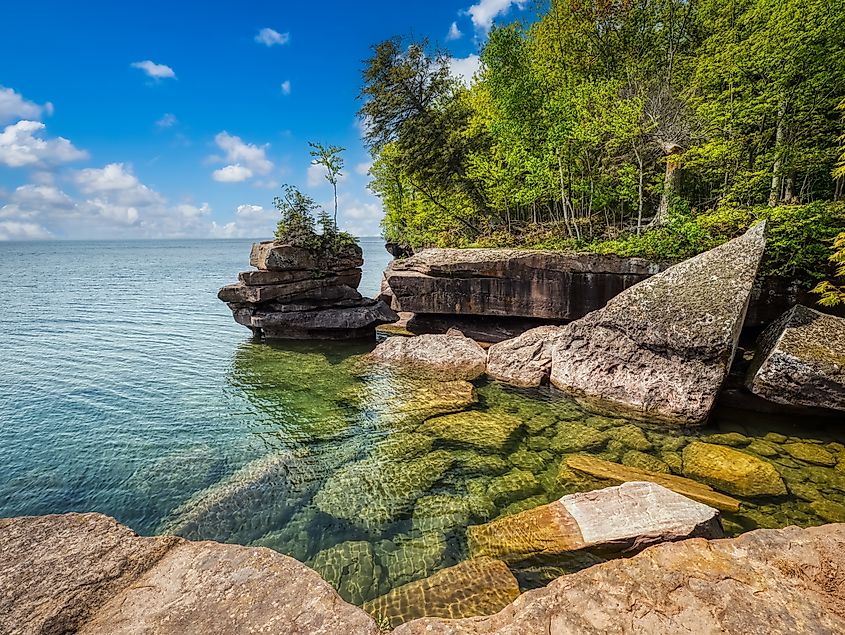
In essence, lake stratification is a manifestation of the physics of water density. Water is most dense at about 39°F (4°C). As spring and summer bring higher temperatures, the lake's surface is warmed by sunlight. Warm water becomes lighter and floats on top of the lower, denser layers. As water layers of differing densities do not mix, wind and surface agitation only influence the surface, leaving deeper waters undisturbed.
Sunlight is a significant factor in how lakes stratify. Light energy heats the surface layers but diminishes with depth, so water closer to the bottom is increasingly dark and cold. In the absence of the intense stirring that rivers or shallow ponds experience, deep water levels become isolated. The result is a literal separation of the lake into unique layers, each of which virtually functions as its own environment.
The Three Layers of a Stratified Lake
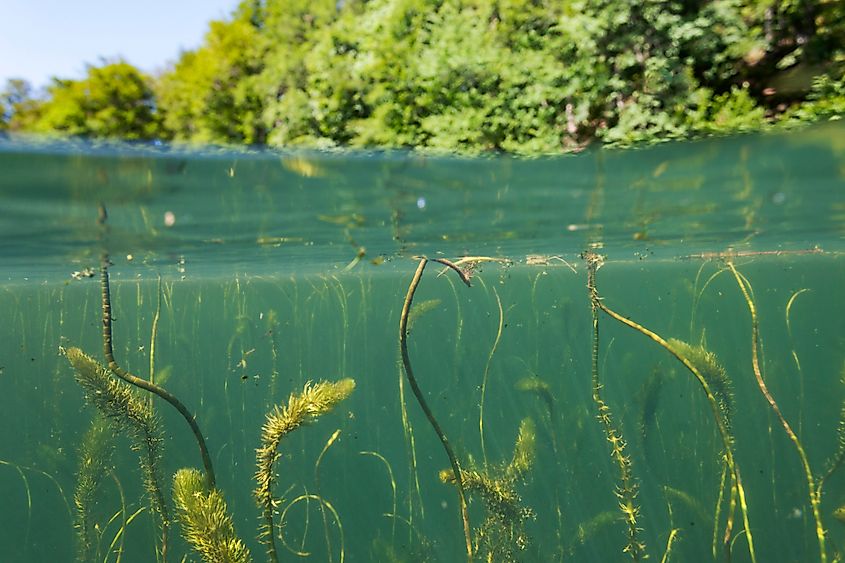
Scientists who specialize in fields like limnology typically characterize a stratified lake as containing three layers:
Epilimnion
The top layer of a stratified lake is called the epilimnion. It gets heated directly by the sun and mixed by the wind, keeping it well-blended and rich in oxygen. Because it touches the atmosphere, there is a constant exchange of gases at the surface, providing oxygen for fish, insects, and aquatic plants. This layer hosts most visible life, from schools of fish to rooted plants that depend on oxygen and sunlight.
Metalimnion (Thermocline)
The middle layer has a sudden change of temperature with depth. It is a transition zone and a barrier, preventing the surface oxygen from reaching the deeper waters. Fish will pass through the metalimnion when moving from warm to cold zones, but because oxygen and temperatures here are unstable, they do not tend to remain. Thermocline stratification is the specific zone within these layers in which water temperature drops most rapidly with increasing depth, creating a distinct separation between the warm upper layer and the cold bottom layer. The stability of this thin layer inhibits mixing, leading to decreased oxygen levels in the deep water and impacting aquatic life.
Hypolimnion
This is the coldest and most isolated part of the lake. Safeguarded from surface mixing, it becomes oxygen-depleted as organic material sinks and decomposes. Oxygen levels by late summer can be so low here that fish and most invertebrates cannot survive. While this zone is inhospitable for most aquatic life, it plays a vital role in nutrient cycling and long-term water chemistry.
Seasonal Patterns of Stratification
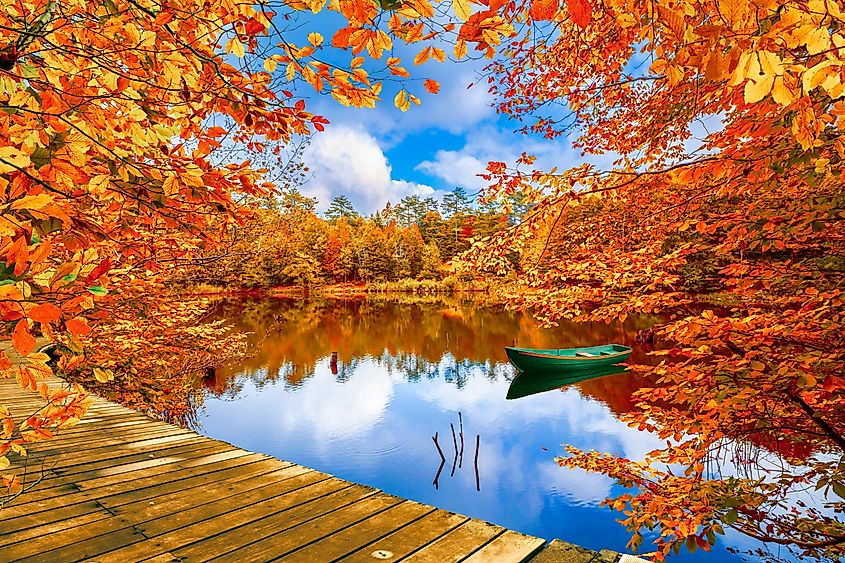
Where there is seasonal change, stratification follows a consistent pattern:
- Spring: As ice melts and surface water warms to the temperature of the more insulated depths, water density reaches a point of relative equilibrium, and the entire lake is able to mix from top to bottom with the help of a strong wind. Oxygen and nutrients are evenly distributed and fuel an explosion of biological activity.
- Summer: Warmer air temperatures form stable warm layers, which separate oxygen-rich surface water from oxygen-poor bottom water. Fish and aquatic vegetation build up in the epilimnion.
- Fall: Cooling weather breaks down the thermal cap, and density levels become more uniform from top to bottom, allowing the wind to agitate the water once again from top to bottom. This re-oxygenates deep water, but also may bring to the surface nutrients that support algae growth.
- Winter: Mixing is limited under ice, yet because water is densest at 39°F (4°C), there is a stable but alternate layering configuration conducive to cold-water life. Those species that can survive the winter spend the colder months near the bottom of the lake, where temperatures are actually warmer.
Ecological Implications
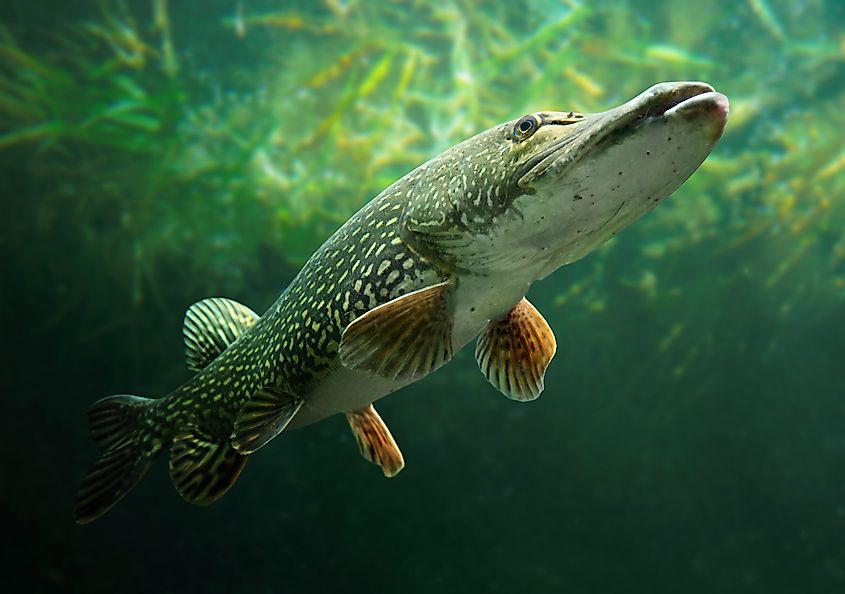
For fish populations, stratification equals life and death. Trout, for instance, prefer temperatures between 40°F and 50°F (between 4.5°C and 10°C) and plenty of oxygen. When oxygen is depleted from the hypolimnion, these fish can be pushed into less favorable environments or permanently lost from a lake or ecosystem.
Meanwhile, stratification is both an obstacle and a benefit for water treatment. When pulling from lakes and reservoirs, treatment facilities can often manage seasonal variances, such as algae blooms, by pulling from different depths according to quality needs.
Human Impacts on Stratification
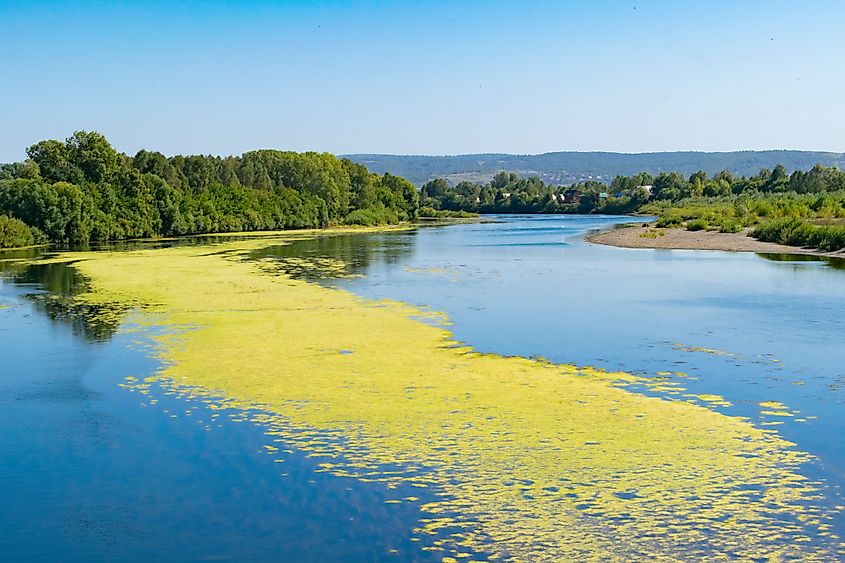
Human activity can directly impact the effects of stratification. Excess nutrient runoff from agricultural, industrial, or urban activities hastens oxygen depletion in bottom water by promoting the growth of algae. When algae die and settle on the bottom, they use oxygen to decompose, rendering the hypolimnion uninhabitable more rapidly.
Climate change also alters stratification dynamics, depending on the circumstances. Increased air temperature leads to more intense and more stable stratification, limiting the potential for seasonal mixing, which prevents oxygen from reaching deep waters. Also, intense rainstorms bring higher nutrient loads, increasing the likelihood of dead zones and harmful algal blooms.
Why Understanding Stratification Matters
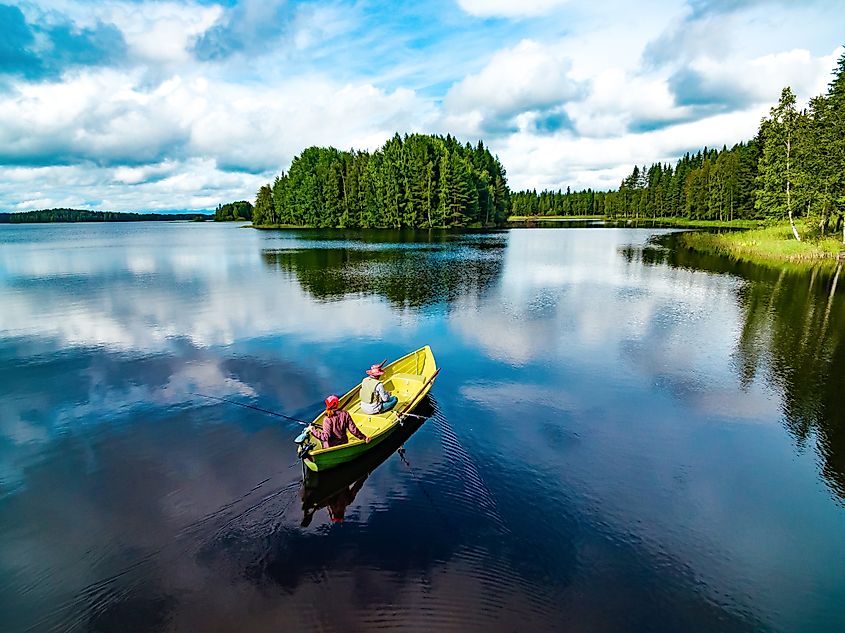
For people relying on lakes for consumption, fishing, or recreation, stratification is responsible for many of the phenomena they observe. Cloudy summer water, fish kills, or mysterious algae blooms typically trace back to summer layering of the water. With this knowledge, water management teams can forecast problems and assist residents in understanding how they can limit the severity of this impact at the worst times of the year.
Also significant, stratification reminds us that lakes are dynamic systems, constantly responding to climate, weather, and human activity. A lake is not a uniform body, but a unique environment whose health depends on balance.
Stratification in a lake occurs when water naturally segregates into layers determined by temperature and density. The warm upper epilimnion, the intermediate thermocline, and the cold hypolimnion at the bottom of the lake control oxygen concentration, nutrient turnover, and aquatic life. While essential to lake life, stratification can become a problem for fish populations, water resources, and the health of an ecosystem overall, especially when compounded by pollution and global warming. By understanding how stratification works, communities can make more effective decisions concerning watershed preservation, water treatment, and lake management in the long term.
